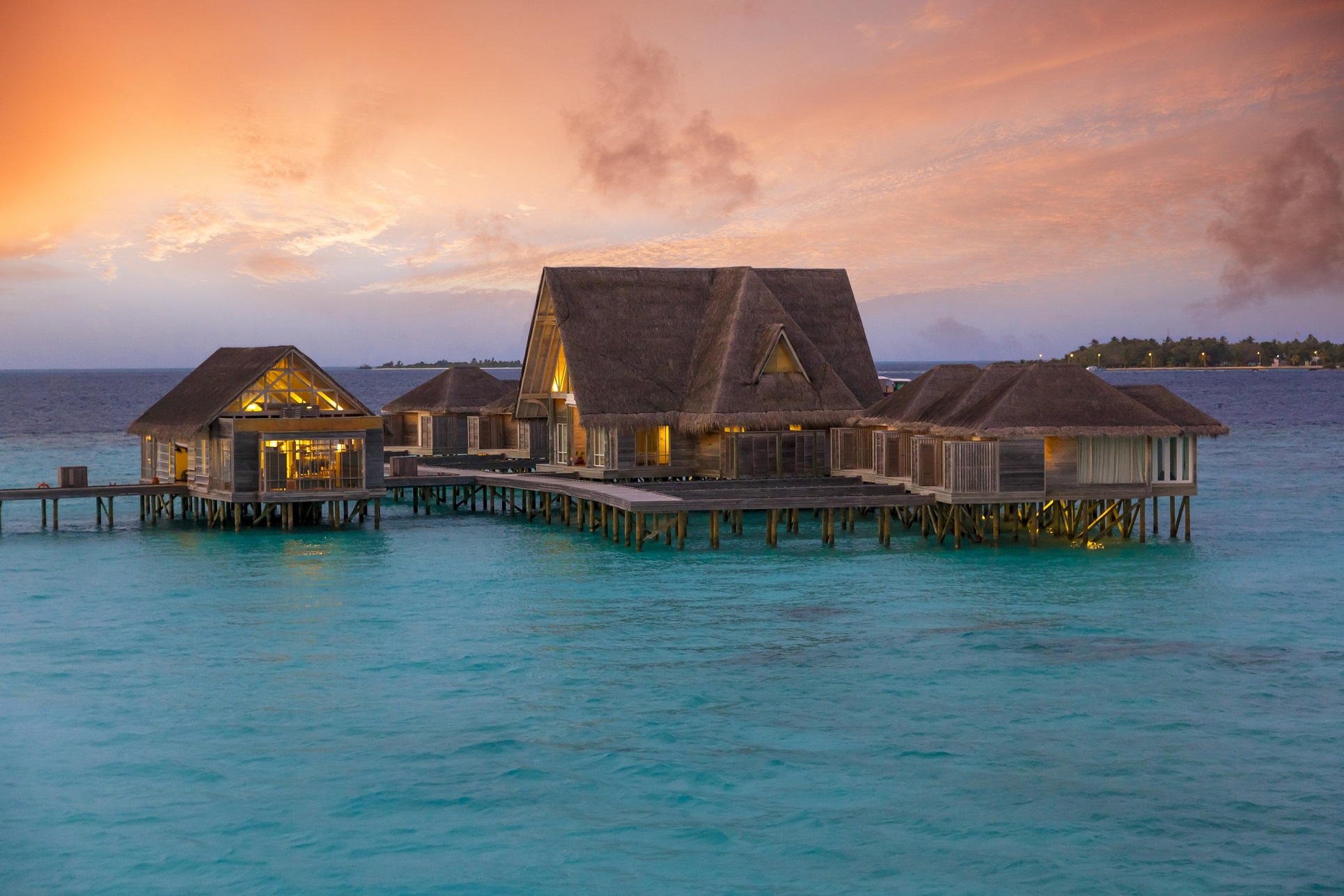Maldives’ tourism marks golden jubilee in 2022

Throughout 2022, the Maldives will be celebrating 50 years since tourism to this spellbinding island-nation began. It’s hard to believe that this iconic destination began life as a one-resort destination with very rustic accommodation and no experience of catering to visitors.
The Maldives now has nearly 200 resorts across 26 natural atolls, around 10 of which opened in 2021. A further 12 are scheduled to open in 2022, giving a stunning array of choice for all kinds of holidaymakers, from couples to families, from luxury-seekers to adventurers. And as a region, the Maldives is also seeing a new drive for sustainability – a change reflected in some of the eco-friendly activities being offered by many of its resorts.
Until 1972, the Maldives was a remote archipelago inhabited only by fishing families, unknown to the outside world, with only a small airstrip on Hulhule Island, built by volunteers and with no regular flights. There were no banks and no telephones, only ham radio and Morse code contact. With little infrastructure, it seemed an unlikely destination for international tourists.
Then came a chance meeting in Sri Lanka between George Corbin, an Italian travel agent seeking pristine islands to which to bring Italians for swimming and fishing, and Ahmed Naseem, a junior with the Maldives Embassy who later became Foreign Minister. The two visited Malé by cargo ship in 1971, and Corbin vowed to return with guests. The following February he brought mainly journalists and photographers to stay in modest lodgings in three houses in Malé. These first visitors were enchanted by the Maldives’ swimming, sunbathing and fishing, and Corbin promised to bring more tourists if there was somewhere to stay.
Vihamanaafushi island, an uninhabited coconut plantation, was chosen for its proximity to the airstrip and the capital, and the Maldives’ first resort, Kurumba, was constructed there. Accessible only by sailing dhoni or open boat with outboard motor, it had no jetty, so guests had to wade through the surf on arrival. Thirty rooms were built of coral stone, coconut timber and palm thatch, each with a brackish water shower and toilet, rudimentary furniture, and direct beach access. Meals were served in a canteen or as barbecues on the beach. But after opening on 3rd October 1972, the resort was fully booked for the rest of the year. It still exists today, as a world-class resort with 180 rooms, suites and villas, including the Royal Residence, Presidential Suites and Pool Villas.


Comments are closed.